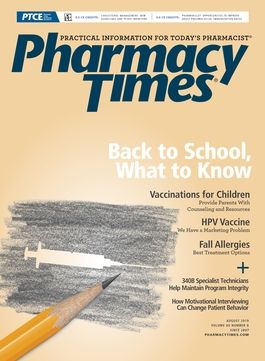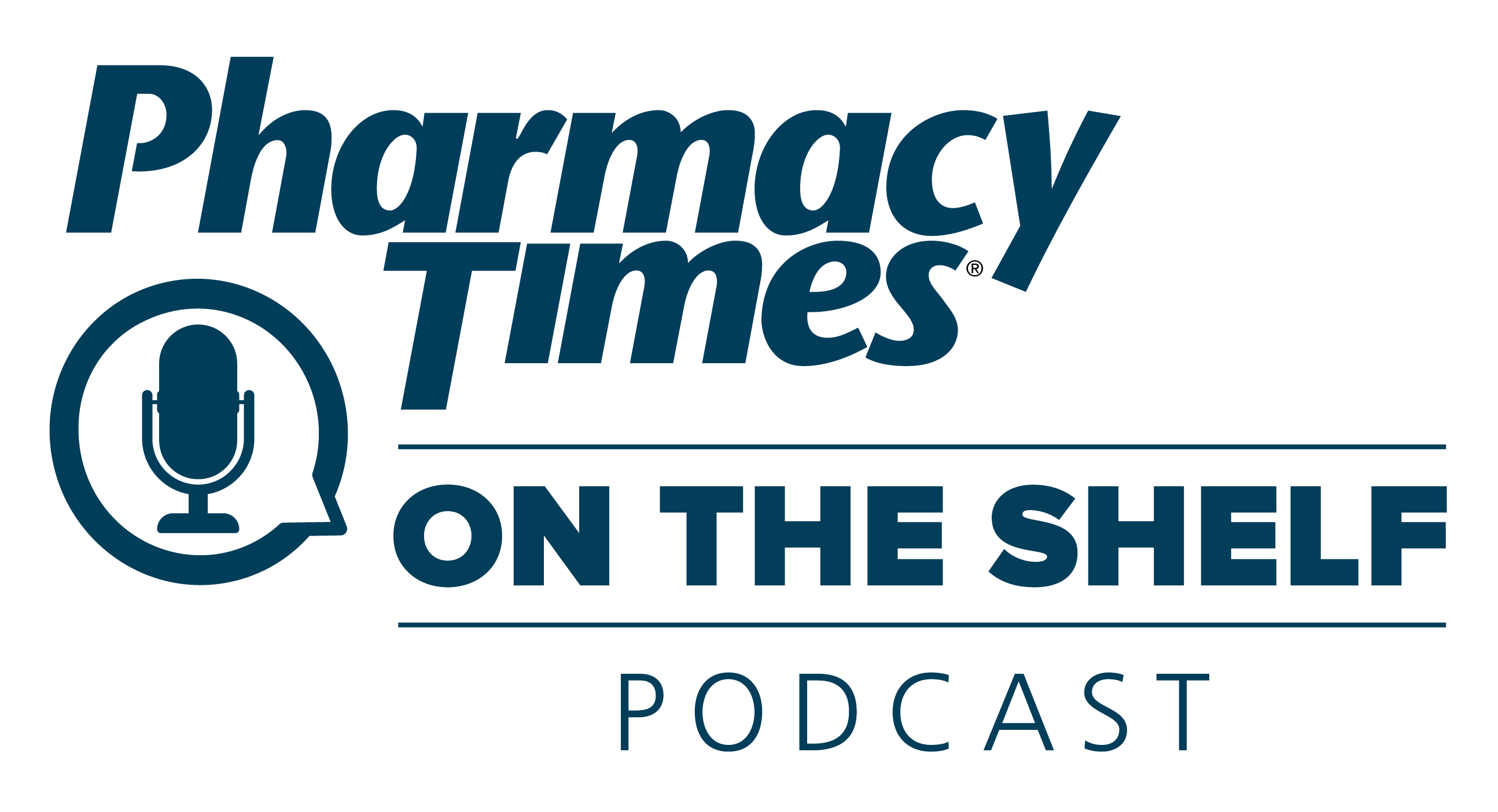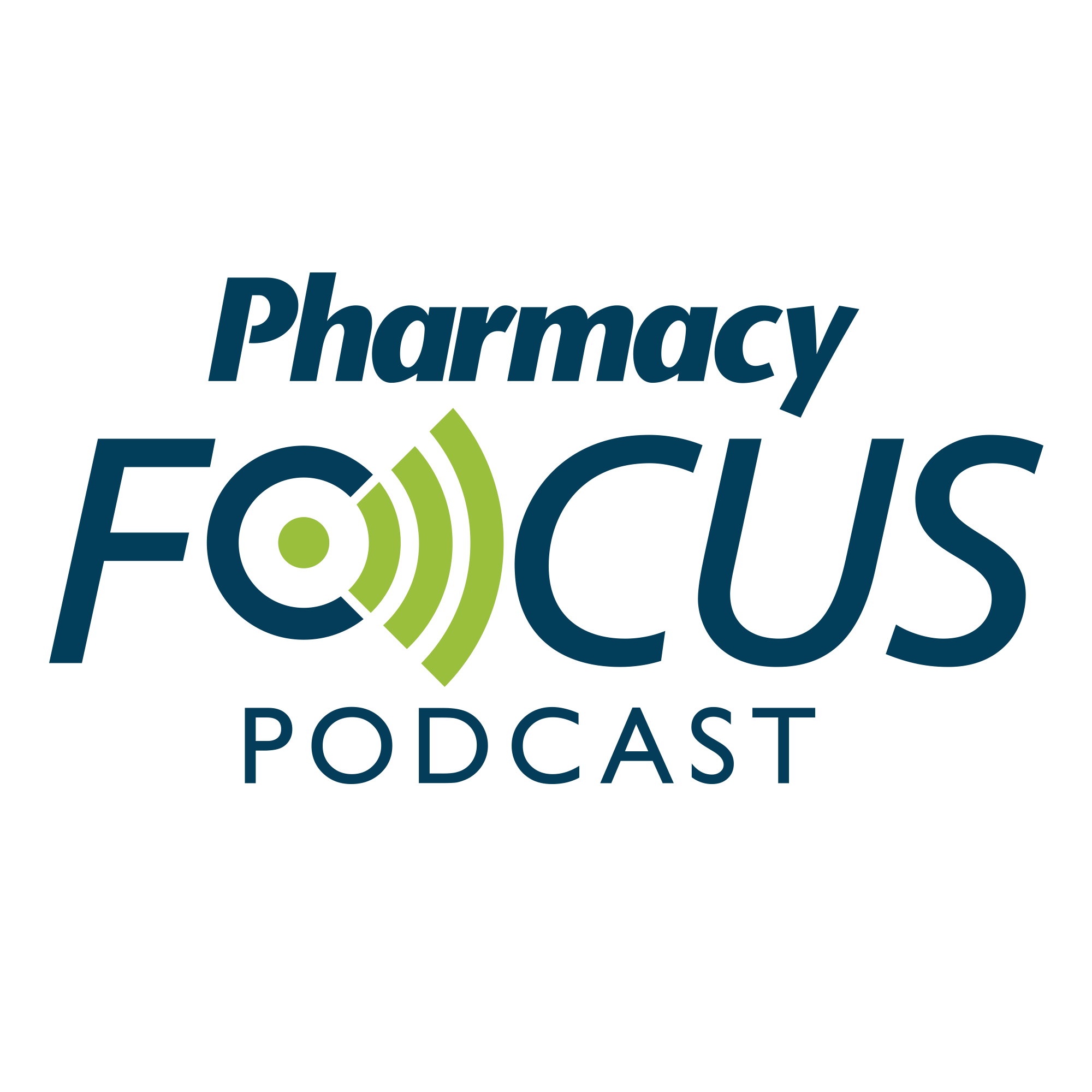Publication
Article
Pharmacy Times
How Can Patients Prevent and Treat Fall Allergies?
Author(s):
Back-to-school season is a time of great excitement as millions of students start a new year. It also presents challenges for those who suffer from seasonal allergies.
Back-to-school season is a time of great excitement as millions of students start a new year. It also presents challenges for those who suffer from seasonal allergies. Fall allergy symptoms can negatively affect an individual’s quality of life by causing fatigue and sleep disturbances and impairing concentration, depending on the frequency and severity of symptoms.
Ragweed pollen is the most common trigger of fall allergies.1-3 Ragweed grows prevalently in most regions on the East Coast and in the Midwest, typically blooming and producing a fine-powder pollen from August into November.2,4 With 17 species of ragweed pollen, peak levels typically occur in mid-September, affecting an estimated 23 million individuals in the United States.2 Just 1 plant can release as many as 1 billion pollen grains, which create future ragweed plants and contribute to significant seasonal allergies.3 Almost 75% of individuals who are allergic to spring plants also have reactions to ragweed, which can also aggravate asthma symptoms and lead to coughing and wheezing.1-3 Other plant allergens contributing to fall allergies may include mugwort, sagewood, and tumbleweed.4 Some individuals with allergies to ragweed may also experience sensitivities to certain raw fruits, seeds, tree nuts, and vegetables, as they may contain pollen comparable to that of ragweed.2,3 This condition is often referred to as oral allergy syndrome.3 Foods that may cause symptoms in an individual with a ragweed allergy include bananas, cantaloupes, chamomile tea, honey that contains pollen, sunflower seeds, and zucchini.3 Individuals with oral allergy syndrome may experience itchy mouth, a scratchy throat, or swelling in the lips, mouth, throat, or tongue.2 Other possible causes of fall allergy symptoms include dust mites and mold.2-5
Additionally, some students have fall allergy symptoms, caused by allergens in the classroom, such as chalk dust and classroom pets, according to the College of Allergy, Asthma & Immunology.6 For those who suffer from seasonal allergies, finding relief from such common symptoms as headache, itchy throat, itchy and watery eyes, nasal congestion, and repetitive sneezing is a top priority. Unfortunately for some consumers, the selection of a nonprescription allergy product can be a daunting task, especially if an individual has other medical conditions or is lactating, pregnant, or taking other medications. Pharmacists can be instrumental in guiding patients in the selection and proper use of nonprescription allergy products and directing them to seek further medical care when warranted. Prior to initiation of pharmacologic therapy, a clinician should thoroughly evaluate a patient’s medical and medication history to determine whether self-treatment is appropriate and to prevent contraindications and drug interactions. OTC products include intranasal corticosteroids (INCS), mast cell stabilizers, ocular and oral antihistamines, and oral and topical decongestants. INCS have been shown to be the most effective treatment for most of the symptoms associated with allergic rhinitis.7
In 2017, the Joint Task Force on Practice Parameters released updated recommendations for the treatment of seasonal allergic rhinitis (SAR) in adolescents and adults. The guidelines recommend that clinicians treat patients 12 years or older with nasal symptoms of SAR at least initially with an INCS alone rather than an INCS—oral antihistamine combination.8
CLINICAL STUDIES AND RECENT NEWS
According to the Asthma and Allergy Foundation of America’s 2018 Fall Allergy Capitals Report, which ranks the 100 largest cities for fall allergies, the top 5 for fall allergies were, in order, McAllen, Texas; Louisville, Kentucky; Jackson, Mississippi; San Antonio, Texas; and Dayton, Ohio.1
In a 2019 publication, investigators explored the relationship between seasonal allergy symptoms and the microbiome of the gut. They concluded that although more data are warranted, evidence suggests that improvement of the microbiome of the gut is linked to fewer allergic symptoms, including allergy-related asthma.9
ROLE OF THE PHARMACIST
The goals of therapy are to reduce symptoms via allergy avoidance when feasible, pharmacotherapy, and immunotherapy. As accessible health care professionals, pharmacists are in a pivotal position to assist patients in the selection and proper use of nonprescription products, as well as to counsel patients regarding the most efficacious nonpharmacologic means of preventing or reducing symptoms. During counseling, pharmacists should advise patients to use OTC products as recommended and also make them aware of potential adverse effects. Pharmacists should encourage patients with severe allergy symptoms to seek further care from their primary care providers. Pharmacists can also suggest various mobile apps that monitor pollen counts across the United States. Finally, they can direct patients to education resources at the American College of Allergy, Asthma & Immunology website.2,5,6
Yvette C. Terrie, BSPharm, RPh, is a consulting pharmacist and a medical writer in Haymarket, Virginia.
REFERENCES
- Asthma and Allergy Foundation of America. Allergy capitals fall 2018. aafa.org/ media/2183/AAFA-2018-Fall-Allergy-Capitals-Report.pdf. Published 2018. Accessed June 1, 2019.
- Ragweed allergy. American College of Allergy, Asthma & Immunology website. acaai.org/allergies/types/ragweed-allergy. Updated April 23, 2018. Accessed June 4, 2019.
- Seladi-Schulman J. Ragweed allergy: what it is and foods to avoid. Medical News Today website. medicalnewstoday.com/articles/321490.php. Updated April 13, 2019. Accessed June 4, 2019.
- More D. What to expect during fall allergy season. Verywell Health website. verywellhealth.com/fall-allergies-83184. Updated October 16, 2018. Accessed June 5, 2019.
- Mold allergy overview. American Academy of Allergy, Asthma & Immunology website. aaaai.org/conditions-and-treatments/allergies/mold-allergy. Accessed June 5, 2019.
- Four things you might not know about fall allergies. American College of Allergy, Asthma & Immunology website. acaai.org/news/four-things-you-might-not-know- about-fall-allergies. Accessed June 5, 2019.
- Scolaro K. Disorders related to colds and allergy. In: Krinsky D, Berardi R, Ferreri S, et al, eds. Handbook of Nonprescription Drugs. 19th ed. Washington, DC: American Pharmacists Association; 2018.
- Dykewicz MS, Wallace DV, Baroody F, et al. Treatment of seasonal allergic rhinitis: an evidence-based focused 2017 guideline update. Ann Allergy Asthma Immunol. 2017;119(6):489-511.e41. doi: 10.1016/j.anai.2017.08.012.
- Fujimura KE, Lynch SV. Microbiota in allergy and asthma and the emerging relationship with the gut microbiome. Cell Host Microbe. 2015;17(5):592-602. doi: 10.1016/j.chom.2015.04.007.


FDA Approves Dupilumab, Marking First Targeted Therapy in a Decade for Chronic Spontaneous Urticaria





